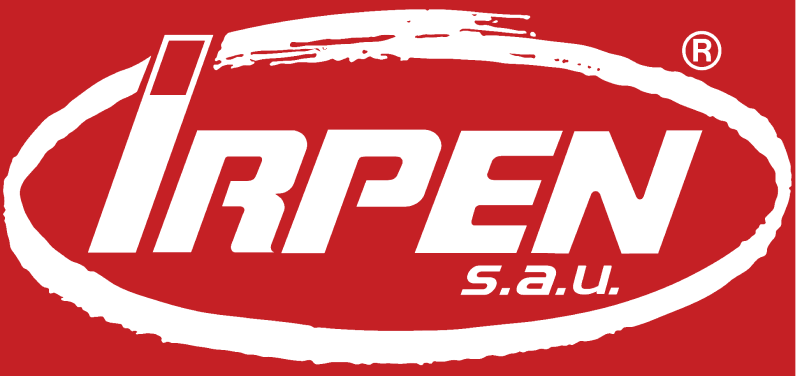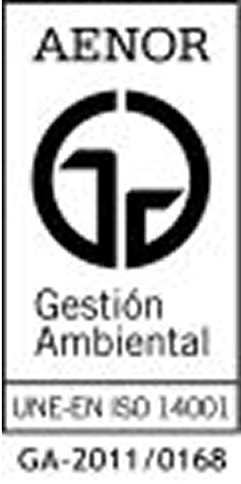Flat Solid Polycarbonate Sheets
Spherical cap construction with methacrylate (Polycyril)

We are commissioned to be used in a theatrical show to design a large diameter transparent bubble. The conditioning factors of the design were that the bubble must be very transparent to be able to see what was happening inside, easily removable to be moved and economical since it would have a limited use over time.
Choice of material: Two lightweight, thermoformable materials are suspended for the choice of material. 6 mm thick colorless methacrylate (Polycyril) plate, and a 6 mm Compact Polycarbonate Compact Plate.
The choice is made of methacrylate (Polycyril) for the following reasons:
-Cost of the material: Cheaper than compact polycarbonate with the same thickness.
-Easy handling and molding: Methacrylate allows it to be manipulated in a much longer period of time than polycarbonate. Polycarbonate plates cool down when removed from the oven in less than 1 minute, while methacrylate plates can take up to about 3 minutes before the plate begins to solidify.
-Pre-drying: This process is not necessary with methacrylate
-Transparency: Cast methacrylate has a greater transparency (> 90%) than compact polycarbonate (83%) with a thickness of 6 mm.
-Maintenance: Methacrylate is more resistant to abrasion and easier to repair than compact polycarbonate.
-Easy to polish: It can be polished superficially, with a pad and polishing paste.
-Design solutions: Having chosen methacrylate (Polycyril) as the ideal material for making the spherical cap, we moved on to the design of the building elements of the element.
We divided the floor, 3.7 m in diameter and 360º, into 9 segments of 40º and a width of 1,350 m., and a lid with a diameter of approximately 2 m. For the joining of the 9 segments, we take advantage of the ease of manipulating the material when hot and we make internal tabs, which will be the connecting elements and at the same time the stiffening elements of the sphere. The fixings must have slack to allow the material to expand and contract freely, as if it were a “floating attachment”. In the lower part of the sphere, each segment has a tab, folded inside, which will give us rigidity and the possibility of attaching it to the base.
To build the segments, we heat the plate for about 20 minutes, at a temperature of 140º to 160º C, in a hot air oven. Previously, a wooden mold was built (for larger series of pieces it would be made of metal) in the shape of a wedge in the circular sector with two radii and a tightening perimeter frame for holding methacrylate (Polycyril) when it goes from a malleable state (when leaving the oven) to the rigid state (at room temperature). So that when the material leaves the oven and is deposited on the mold, it does not copy the irregularities of the mold, the contact surface has been pre-lined with flannel fabric, which prevents it from being marked, thus respecting the optical requirements of the project.
To obtain the upper closing piece (“bubble” type) that crowns the sphere, we start from a metal box open at the top and with a wooden board of the diameter we are interested in (approx. 2 m.). Once heated, the plate is placed on said board and fixed with a square perimeter frame, achieving a spherical shape, either by blowing (the material is blown inside the box with air treated without water particles, raising it above the level of the box) or by vacuum (sucking the material inwards, until the desired height is reached, since the diameter of the piece that will rest on the 9 segments is given by the diameter that we have left on the board).
Once the 9 segments have been thermoformed, they are joined together laterally by means of metric screws, and the bulb is fixed, in the upper part, which ends up closing the transparent bubble.











